Today, Lynn reviews the xDuoo MH02, a 1.3W tube-based amplifier and USB-DAC equipped with CS43131 at an affordable price for headphone enthusiasts. It's priced at $149.
Disclaimer: This is a sample sent in exchange for my honest opinion. Headfonics is an independent website with no affiliate links or status. I appreciate Shenzhen Audio and xDuoo for its opportunity.
Click here to read more about xDuoo Products which we have already reviewed previously on Headfonics
Please note that this article follows our current trend. Scoring Guideliness which you can read in more detail here.
xDuoo has a history of producing moderately priced portable DACs/amps and desktop headphone amps, such as the Push II and the Drop collaboration TA-84.
Typically, when opting for pure desktop amplification, there is a strong emphasis on tube topologies. The recently released $149 MH02 tube headphone amp and USB-DAC is no exception.
I have reviewed several of their products with my old TA-30 and still use them weekly as well as for reviews.
While xDuoo offers affordable tubes for its units, it wholeheartedly welcomes and encourages tube replacement.
My TA-30 has Sylvania and RCA tubes instead of the originals, so I'll report on the performance of the original tubes and also provide a detailed report on how it handles a bit of tube swapping in my full review below.
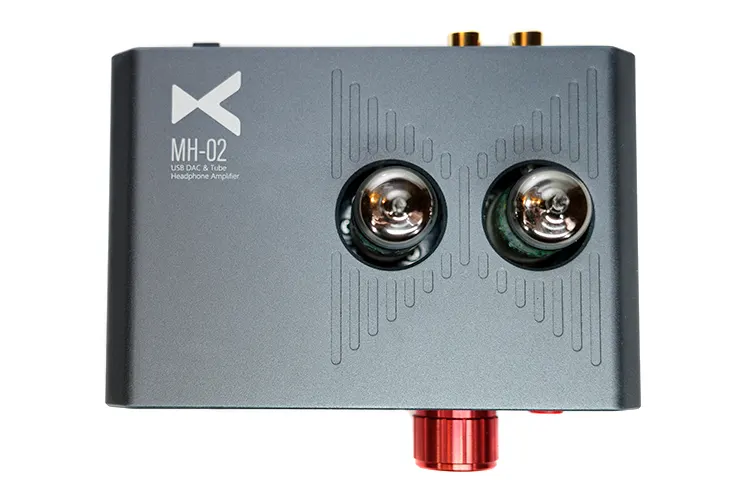

Characteristics
The xDuoo MH02 is a Class A buffered transistor headphone amplifier that uses 6J1 tubes as a preamp, warming up what could be a colder, more sterile sound.
The unique CS43131 DAC chip has a low noise floor that helps isolate any typical tube “ping” you might hear when touching the surfaces of the MH02.
The MH02's DAC can decode up to PCM 32-bit/384kHz and DSD256 natively via the USB input, and also supports MQA, but this is a feature that is on its way out these days.
The MH02 delivers up to 1300 mW into a 32 Ω load, making it ideal for driving most higher impedance headphones.
The gain switch can add 12 dB or 18 dB for headphones that need a higher output to work well. Since the “normal” output is probably 12 dB, this should be considered the baseline. Therefore, a gain of +6 dB between each setting is more realistic.
With a line output, the MH02 can also be used as a preamp for those who want to add another amp to the chain. There's also a built-in circuit protector, which prevents that familiar “pop” when turning on a tube-powered unit like this.
Design
The MH02 has a small, rectangular and rounded size, with two tubes sticking out of the top that give it a more industrial feel. The sandblasted aluminum housing has “grooves” that help dissipate heat and give the unit a more industrial look, especially with the gray color.
Measuring 12 x 7.8 x 4.0 cm and weighing a slim 0.35 kg, the MH02 can be placed immediately into most systems or on its own in a small space.


IS
On the front is the volume knob (with blue highlighting around the red knob), the gain push button, and three headphone connectors: 3.5mm TRS, 4.4mm balanced, and 6.35mm single-ended.
The volume knob and the red push button are in an elegant colour that gives a touch of design and at the same time makes them easier to see. The sober style is much appreciated.
The back has two RCA connections for input and output (e.g. for a preamp setup) and a USB-C input for another source option. The round 12V power connection is low enough to not get in the way of the on/off switch above.
Wired connectivity
USB-C to USB-C connectivity allows use with an Android-based source, as well as your laptop or powered speakers (or dual-channel system if you have one).
Less cumbersome than RCA connectivity, when connected to a DAP it will likely be used as the source's line output, giving you volume control via the MH02.
The RCA output is ideal for use as a preamplifier or as a direct connection to your two-channel system, as well as for connecting to a 3.5mm RCA input from a headphone port.
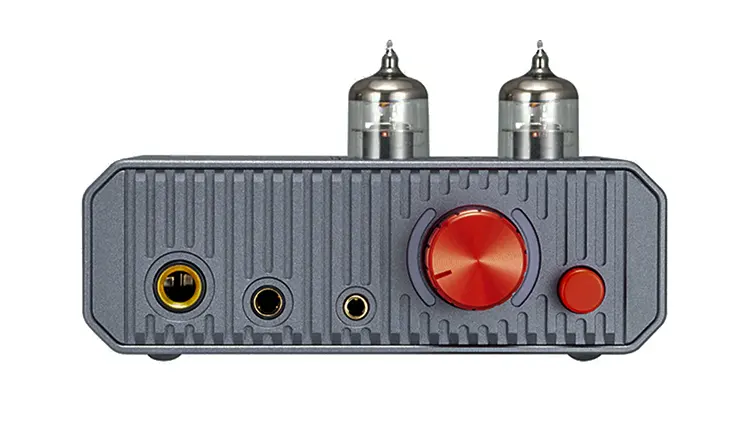

Controls
The volume knob works smoothly and I found that with high gain, even with higher impedance headphones like the Fiio FT3 350Ω and the AKG 240DF 600Ω I never had to go over ¾ to reach an acceptable to loud listening level.
I could hear the gain knob faintly through the sound when engaging it, but other than that the jacks were solid when inserting and removing the headphone jacks.
I also found that I could leave a set of RCA and USB-C cables connected to easily switch sources. However, I didn't keep two sources connected at the same time.
Packaging and accessories
The MH02 comes in a larger box, well protected with foam inserts. The box is off-white with black lettering, making it quite attractive and simple.
The contents, though sparse, include everything you need to get it up and running. Of particular note is the external wall connector for the power pack, which is a 12V configuration.
Many manufacturers are moving to separate or at least contained power supplies to achieve better isolation mechanisms, and the MH02 does so as well.
The user must provide cables for connectivity, either via the RCA input/output or USB-C. Since most of us have extra cables lying around, this isn't a problem.
Sound impressions
All listening was done using FiiO FT3 350Ω and AKG 240DF 600Ω headphones. Spirit Torino Twin Pulse Berylliumand Campfire Audio Solaris 2020 paired with the ddHiFi Air Nyx Pro Headphones Cable for IEM.
The sources used were my Macbook Pro and the HiBy R4. I'll point out the sonic differences between the stock tubes and the GE 5654s to give you an idea of what changing tubes can do for the MH02.
Summary
Tube amps generally promote a softer, warmer signature, and the MH02 follows this example; but with a level of detail practically on par with a Class A amp.
There's plenty of power to drive higher impedance headphones almost without problems, and I rarely had to use the high gain setting.
By using high gain, the midrange is lifted and enhanced, pushing it to the front, but without losing too much clarity at either end.
The highs are smoothed out by the tubes, while the lows are a little deeper, though without the elongated, punchy notes typical of a tube amp.
Constrained by the original tubes, the sound seems fairly typical of a tube amp, but without the overall smoothness often associated with such a unit.
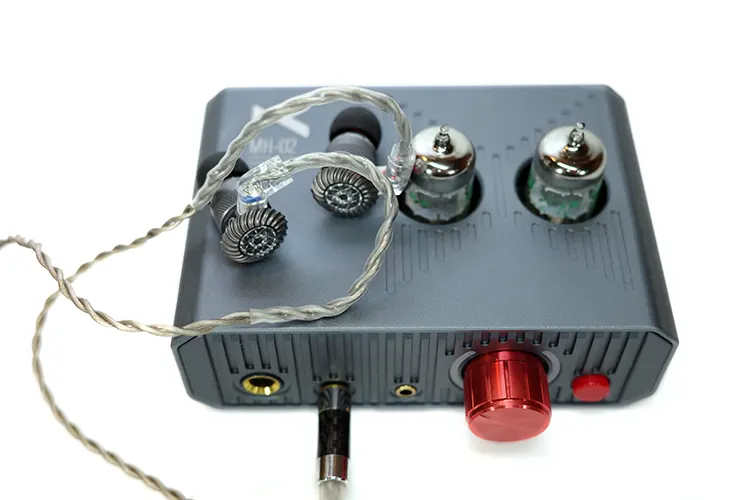

Ring
Using the original tubes, the sound is a little flatter than I would prefer from a tube amp, but still, within reason, provides a richness to the sound, combined with good clarity.
I found that the recording played a big part in what I heard, more so than with other more forgiving units.
The bass, though slightly improved, sounded thinner than a normal tube amp with stock tubes. There is a limit to what can be done, but as an introduction to the “technology” the MH02 is an adequate introduction.
The high tones are well defined but without suffering too much in the detail section. The appropriate weight of the notes favors the highs, providing warmth and presenting a fairly precise note.
The pace of the notes, along with the slightly improved weight of the notes, held up without becoming slow or dragging. The attack seemed to lengthen the notes at the front, which could be a valid reason for the pace.
The sound is transmitted clearly thanks to the class A section and represents a good compromise or rather union between tube and solid state tuning.
The sound doesn't come out as warm as the TA-84 OTL due to the combination at work here, and I realized this could be a gateway to more expensive tube amps.
Staging and dynamics
The soundstage was presented as being quite cubic, with no significant extensions in the three dimensions. It was neither tight nor expansive; the soundstage was presented as Goldilocks, in the sense of “perfect.”
This allowed the notes to be quite well defined in layers and space. The quality took on the feel of a fairly intimate concert stage as opposed to a larger venue.
The slower attack of the notes (slower transients) added dynamics to the presentation with nice weight to the notes without becoming overly rich.
The trade-off was a slight loss in detail retrieval, but this was partly offset by the Class A amp. Yes, Class A amps typically have a richer, warmer signature, but when paired with the tube amp, they help to give more detail to the weight of the note.
The MH02 doesn't have as much resolution as the TA84 OTL, but this is another case of looking at the whole rather than the individual parts.
Male voices have more weight but a slightly veiled sound compared to female voices.
Those female vocals have a slightly darker, richer sound to them, especially when paired here with the Class A amp. This is an example where the darker tonality of both helps give the music a certain richness.
Click on page 2 below to see my recommended combinations and selected comparisons.
Sharing is caring!







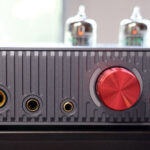
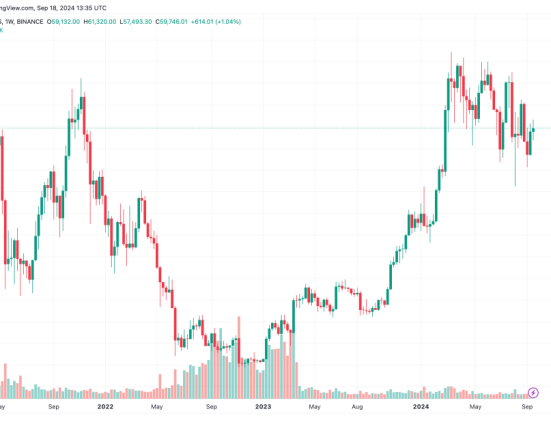
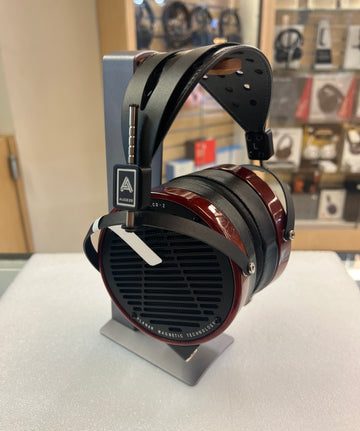



Leave feedback about this